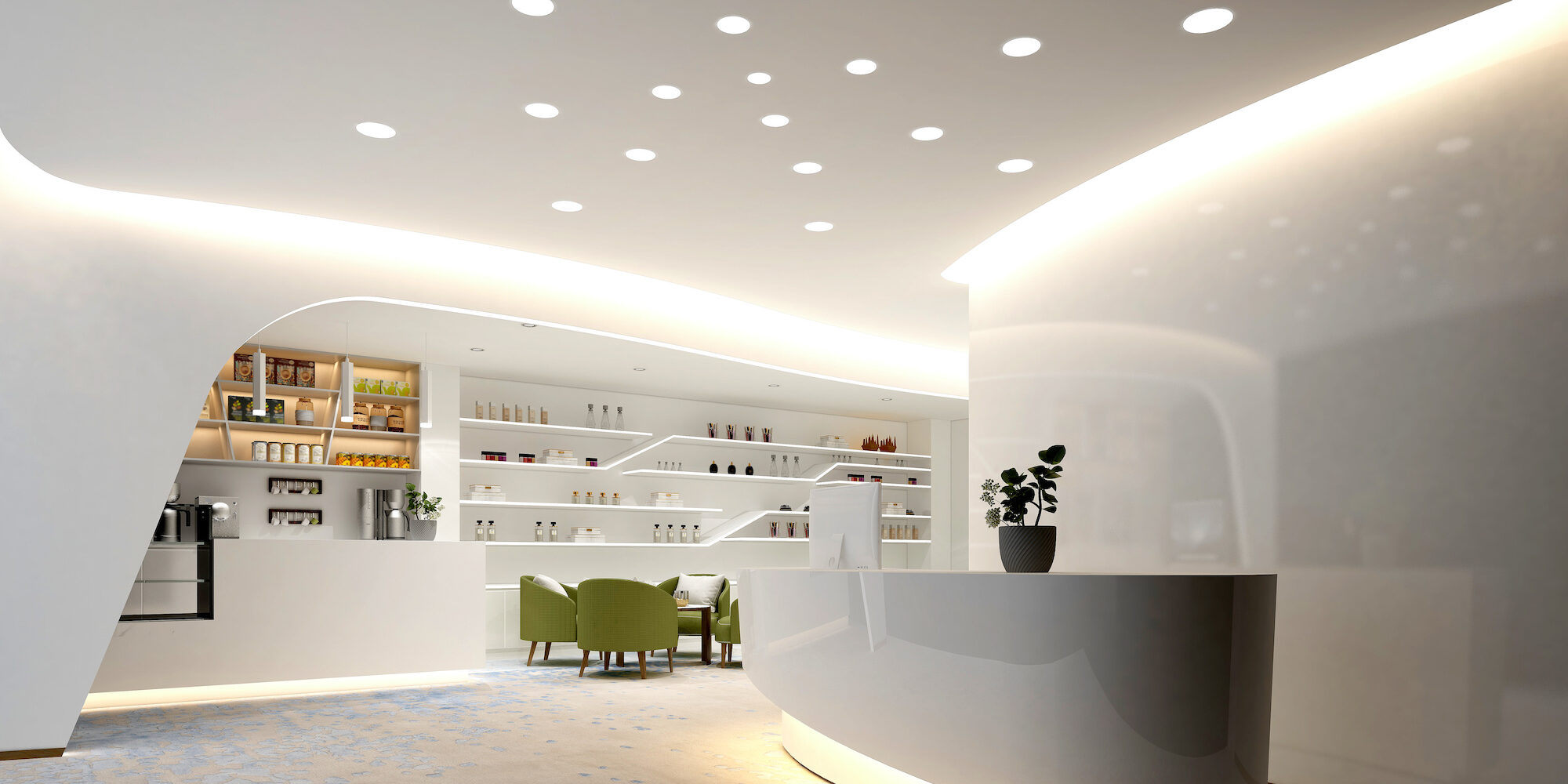
Digital Destination Well Defined Wants To Help The Wellness Industry Take Better Care Of Itself
The protracted pandemic has caused even marginally wellness-minded consumers to dive deep into the vast concept looking for support from supplements to boost immunity and face yoga to relieve jaw tension caused by stress-induced clenching. Ironically, the global health crisis has left the beauty and wellness professionals that consumers often turn to for a moment of zen—spa owners, aestheticians, brand founders and fitness instructors—with heretofore unseen levels of stress themselves as they try to keep their businesses afloat amid mandatory closures and other coronavirus-related measures.
During this time of uncertainty, Julie Keller Callaghan and Heather Mikesell have launched Well Defined, a digital information source for all things wellness-related aimed at both industry professionals and consumers. Beauty Independent spoke with Callaghan, who served as American Spa Magazine editor in chief for over a decade prior to founding Well Defined, about creating relevant content, the short- and long-term impacts of COVID-19 on the $4.75 trillion global wellness industry, what work-life balance looks like in 2021, and the wellness trends she’s most excited about.
What inspired you to launch Well Defined?
Heather and I have worked together for almost 20 years at American Spa. We have grown up in the wellness space together, and something that we always felt is that there’s such an opportunity to create a really comprehensive wellness site. We think there’s a lot of people who do a great job in different silos, but we feel like there’s an opportunity to really create something that brings it all together. It’s something that we’ve been wanting to do for a long time. COVID and people shifting job positions gave us the opportunity to work together and finally bring to fruition something we had in our minds for a while now.
Who is the audience for Well Defined?
At American Spa, we focused mostly on spa owners and directors, but there’s so much more opportunity: spa owners, salon owners, the employees at both, wellness, travel agents, event planners, meeting planners, the fitness industry, wellness real estate, corporate wellness, all of these pieces. We felt there’s such an audience out there that is interested in all of this together. Parallel to that, we think that the consumer audience is really interested in most of the content we’re creating, too. Between B-to-B and B-to-C, there’s a wide opportunity and a wide audience out there for what we’re creating. We want to be as inclusive as possible.
Is it overwhelming to create content for such a large swath of people?
Heather and I have said for years, whoever your reader is, everyone is a consumer. That has always been our approach to creating content. We want to create content that’s wildly compelling to everyone who’s reading it. I really do think so much of what we’re writing about overlaps. If you go to our workplace wellness area, there are articles on how to strike a balance between work and life. That appeals to consumers, that appeals to a spa director who’s putting in 80 hours a week, that applies to a meeting planner who’s going crazy right now trying to drum up business. So much of the content just by its own nature appeals across both the consumer and an industry audience. So, it’s not as complicated or overwhelming as you would think because it’s really relevant content to everyone.
You mentioned wellness real estate. What is that?
There are so many developments popping up all over the world where they are creating wellness communities, whether it’s within a retirement community or a wellness community like Serenbe in Georgia. That whole community is built around wellness. There’s houses there, and there’s a town full of shops that are all wellness-based. There’s a hotel that’s a part of the community. Rancho La Puerta is building a wellness community on the site of Rancho La Puerta Spa, which was arguably the first destination spa in the world. They’re building one-, two- and three-bedroom villas on the grounds. The houses are built with wellness in mind. There, you have access to all of the wellness amenities at Rancho La Puerta. You can eat from the organic farm. These types of wellness communities and wellness real estate is booming. There’s another one in Thailand that’s about to launch. We have two stories [about wellness real estate] up on our site right now.
They’re a combination of people who are making it their primary residence and, then, people who are making it their secondary residence. Some people are living half the year in one place, half a year in another place. I think it’s something that is going to continue to boom. As people are having to spend more and more time at home, why wouldn’t you want to make your home an incredibly well place to be?
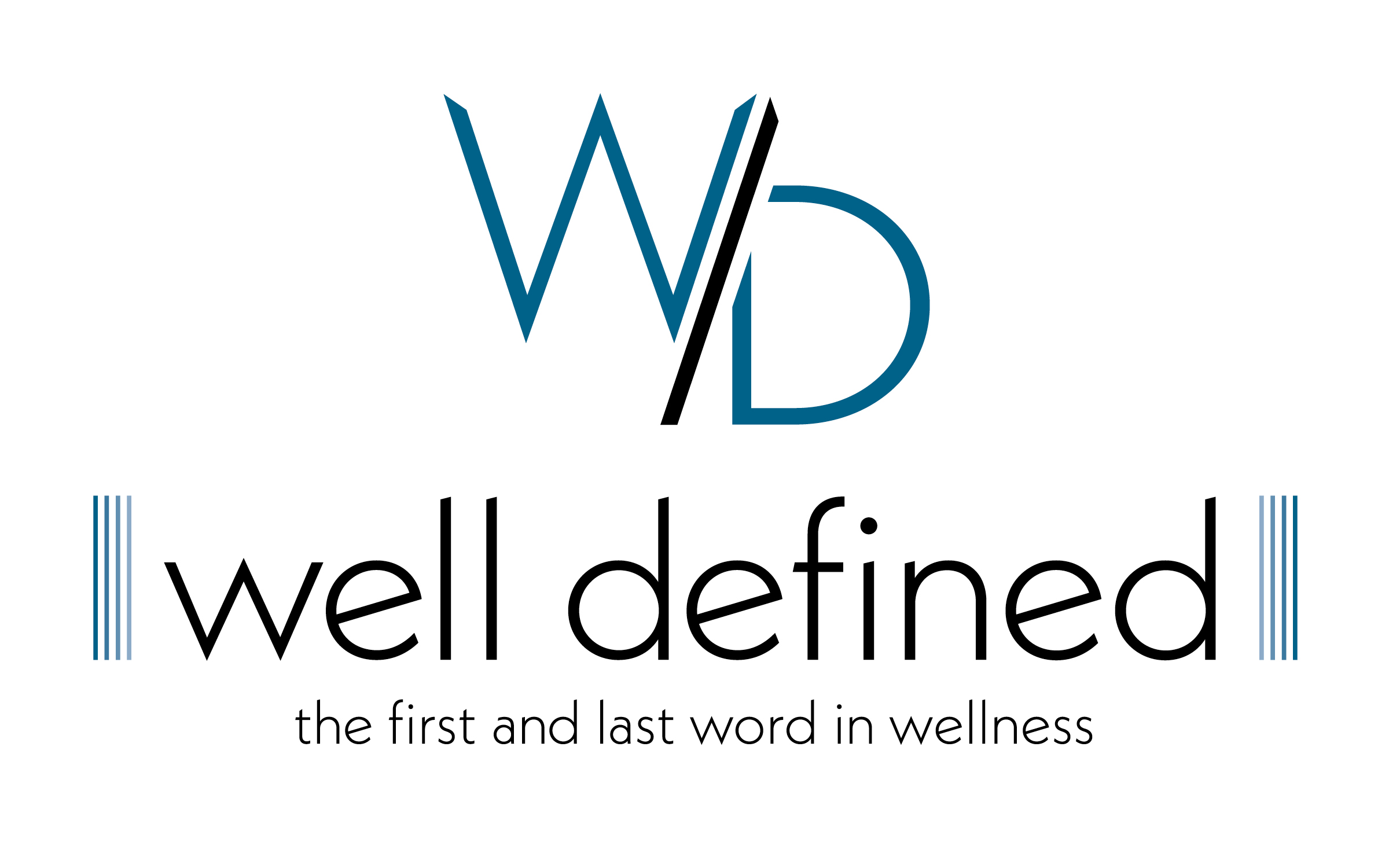
How will you generate Well Defined’s revenue?
We’ll have sponsorships such as newsletter sponsorships, which we’re starting to work on right now. We’re going to launch a podcast in February, so we’ll have sponsorships available there. We talked about introducing a membership model where we have additional content for those members, but, right now, we absolutely intend for our content to be available to anyone who wants to read it. I think the membership model down the road, and sponsorships is going to be our initial revenue generator.
Well Defined has an advisory board with The Detox Market founder Romain Galliard, Beauty Heroes founder Jeannie Jarnot, Exhale co-founder Julia Sutton and others. Why was that important to create?
One thing that we have discovered over the years is you’re only as good as the people that you align yourself with. We wanted to make sure that, when we’re talking wellness, we have wellness experts who can talk about all aspects of wellness. Heather and I have 20 years of experience together, but we wanted to make sure we brought together a board of people that we respected, that we thought were doing impressive things in wellness, and that were interested in helping us build this up in a way that we like.
We’re inviting them to contribute content as they like. We’ll probably be interviewing most of them on our podcast. We have something called a wellness questionnaire. It’s our take on the Proust Questionnaire where we ask people important questions about wellness. They are all in the process of being interviewed for the wellness questionnaire, and we really just want to get their insight.
We do Zoom meetings with our board to get their take on things. We have surveys that go out as we get ready to launch things and ask their opinions. As involved as they can be and we invite them to be, we want it to be really thoughtful. Because we come from spa, we have a lot of spa people, but we were like, what else can we do? We brought in somebody who is an expert in financial wellness. We have some functional physicians on the board. We have people who are in real estate development on the board. We have people who are aesthetician trainers and beauty trainers. We have some people from brands who we think are doing really interesting things with their brands. We try to be super thoughtful about casting a wide net.
What do you think will be the biggest content traffic drivers?
We soft launched [the first week of January], but we’ve been building a pretty large audience on the backend, and we’re already seeing people really like our mindfulness content. That’s not surprising because I think everyone in the world is in a very fragile and stressed place. People are looking for anything that brings them into a place where they can calm down and relax, be mindful of what they’re doing. The other thing that people are liking is that we’ve introduced a review section on the site. Right now, it’s product reviews because we’re not really traveling. So, we’re actually using the products and giving our take so that we can have a true review.
When we’re traveling again, we’ll review properties, of course, see what’s happening at the spa, what’s happening in a hotel room, and what they are doing for wellness amenities. We’ll see what sort of in-room fitness they have, what fitness facilities they have, what sort of healthy dining options. When it comes to meetings, what can you do to make your meeting well? We plan to be really comprehensive in our reviews. And, again, that appeals across the board. It appeals to meeting planners on the industry side, but it appeals to somebody who wants to go on vacation and make sure they’re making well choices or a business traveler who’s going and wants to stay at a property that has [certain amenities]. We’re planning those reviews to really be relevant to industry and to consumers. Once we start doing that, that will be something that’s popular. We just haven’t traveled yet. I don’t think Heather or I have left our homes since March.
How have you been building Well Defined’s audience?
We’re going to start with a weekly newsletter down the road. We’d really like to have newsletters in each of our pillars of wellness, but, right now, we’re going to start with the weekly newsletter that covers everything. Heather and I, just by sheer nature of having been in the spa industry for so long, we bring quite a bit of content about spas. Members of our board are sharing it with their audiences, which makes sense.
We have some barters and partnerships with different organizations. We purchased some lists and are now in the process of getting them cleaned and checking for bounces. We really want to be thoughtful about creating a list of people who are opting into receiving our content versus randomly blasting out newsletters to hundreds of thousands of people.
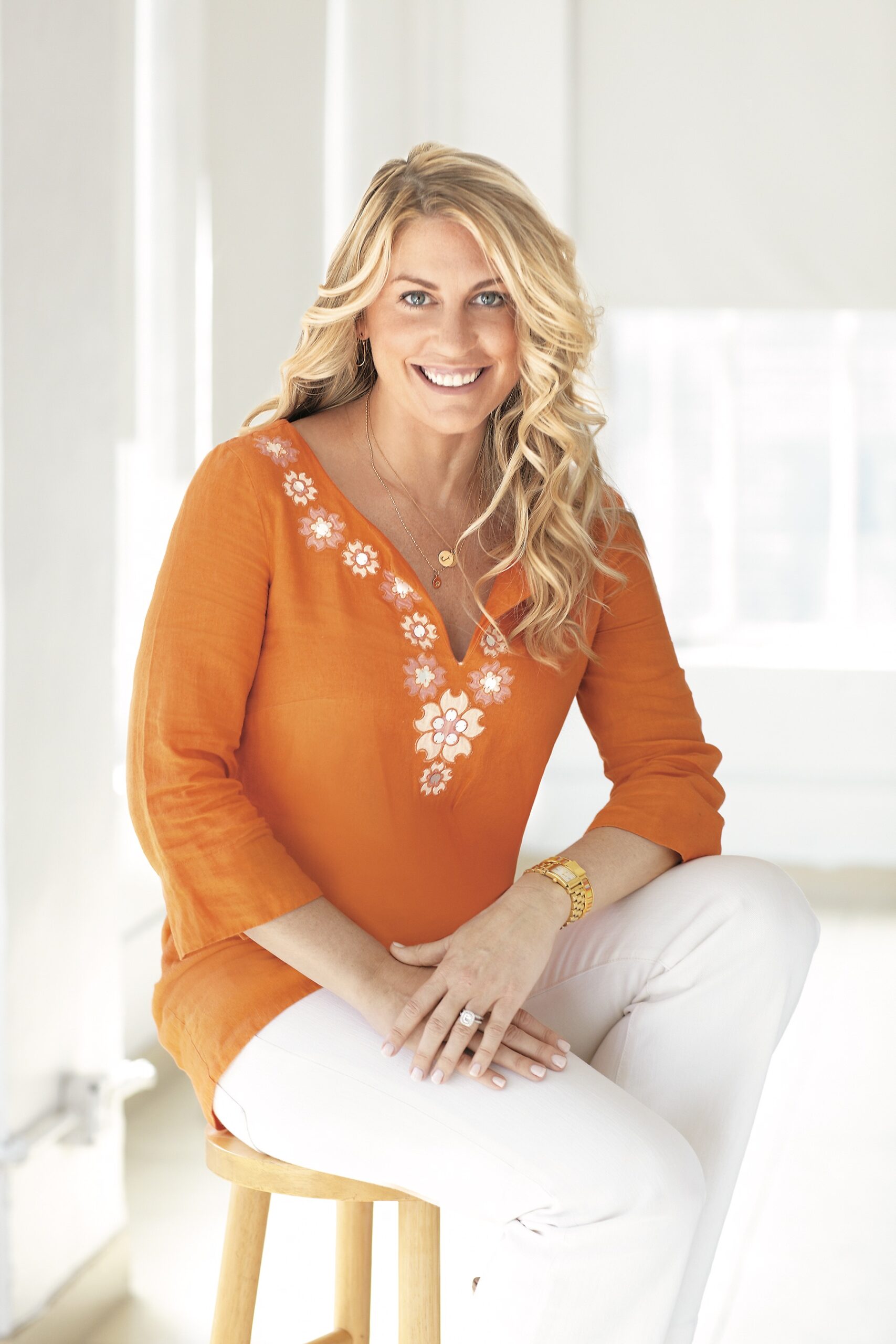
What the biggest shifts you’ve seen in the spa industry due to COVID-19?
By the sheer nature of what the spa industry is—a very hands-on industry—it has always been fairly good at implementing protocols for cleanliness and sanitation. I think the coolest thing is the industry pivoted so quickly. I have to give a huge amount of props. They have created manuals, guidelines, scripts and operational procedures to really make it as safe as possible.
The power of touch is really, really powerful. Pandemic or not, people are always going to want that. So, the spa industry is going to find a way to make that happen. Making sure that everything is sanitized properly, making sure that there’s rules and regulations around masks, temperature checks, making sure that the air is pure, all of those things I think are not going to go away. I think people are getting really innovative, and making that fast and efficient.
There’s no negative to making sure that you have a safe spa experience, a safe place for people to relax and receive treatments. The spas that are open are doing a great job, and the spas that are waiting to be allowed to be open are getting ready and are going to do a great job with it. This industry is pretty amazing on how they pivoted and how they will be ready when everyone’s ready to come back.
What are exciting trends you’re seeing within corporate wellness?
This year has created such a challenge for everyone who is working. Whether you’re working from home or going to an office, there’s huge stress either way. You’re stressed about taking public transportation in a pandemic and working in a busy place. It’s stressful working at home and managing families and kids and life. Workplace wellness has to become part of the workplace. You have to deal with your team’s mental wellness and provide them with tools. For the companies that are already doing it, they’re going to be ramping it up. I think it’s going to become absolutely necessary.
I also work for Hutchinson Consulting, which is an executive recruiting company, and we’re seeing companies trying to figure out how to create these director of wellness positions that roll up into HR. [They’re creating] a chief wellness officer position in HR. It’s helping the teams manage their physical and mental wellness, and creating programs and activities that help them do it. Interestingly enough, people coming from the wellness world, whether they’re spa directors or programmers, are great fits for these kinds of jobs because they’ve been doing it for years for consumers and, now, they can help companies do it. We’re seeing the rumblings of that becoming a pretty powerful part of corporate wellness. It’s coming, and it’s coming in a big way.
How many companies can afford to make a hire like that?
At the end of the day, you save money in the long term by encouraging your employees to be healthier. When you do the math on it and you think about it, in the long term, the companies that are forward thinking realize that it will be a savings down the road to teach your employees to make healthier choices, to move, to eat better, to do cessation programs for activities that aren’t so healthy. It’s only beneficial to companies that think that way.
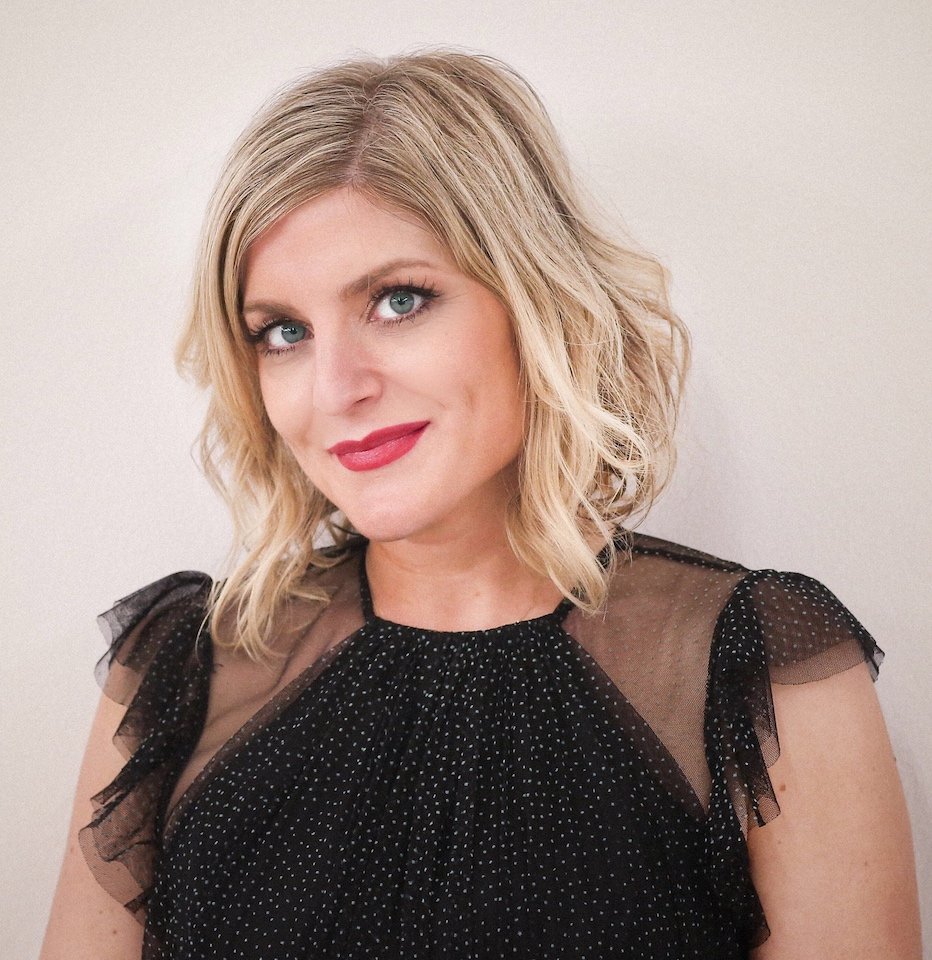
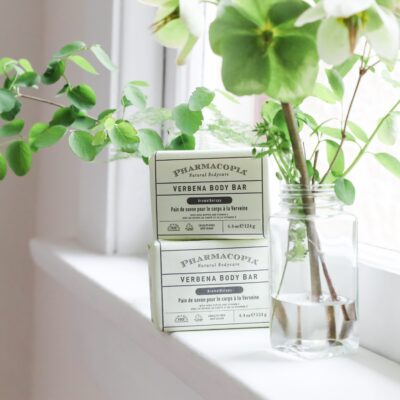

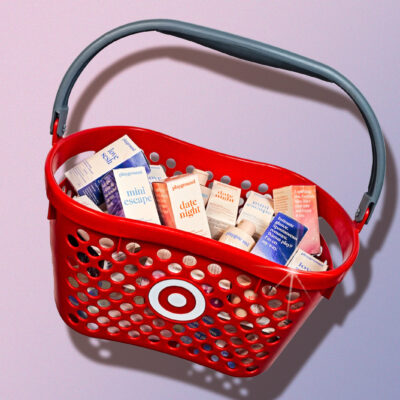

Leave a Reply
You must be logged in to post a comment.